Conveyor lines and systems are indispensable components in modern industrial production, and reducers play a crucial role in these systems. By reducing the output speed of electric motors and increasing output torque, reducers provide a key power transmission solution for conveyor lines. This article delves into the critical applications of reducers in conveyor lines and systems, exploring how they optimize operations, enhance efficiency, and ensure system stability.
1. Providing Stable Power Transmission: The primary task of reducers in conveyor lines is to deliver stable power transmission. By lowering the output speed of electric motors, reducers effectively convert the high-speed, low-torque motor output into the low-speed, high-torque required for smooth material transport along the conveyor line. This transformation ensures that the conveyor line receives sufficient power to propel materials seamlessly.
2. Controlling Conveyor Speed: Many industrial applications demand strict control over the speed of material transport. reducers, with their adjustable speed characteristics, enable operators to precisely control the conveyor line's speed. This is crucial for production lines handling different processes and types of materials, ensuring optimal transport effectiveness in various scenarios.
3. Adapting to Different Loads and Materials: Conveyor lines often need to adapt to different loads and types of materials in industrial production. reducers are designed to consider these variables, adjusting output torque and speed to meet the transportation requirements of diverse loads and materials. This adaptability makes conveyor lines more flexible and suitable for various production scenarios.
4. Energy Efficiency and Reduced Wear: The application of reducers in conveyor systems contributes to energy efficiency and reduced mechanical wear. Through the action of reducers, conveyor lines operate in a more energy-efficient manner, lowering energy consumption costs. Simultaneously, reducers reduce mechanical component wear, extending the life of conveyor systems and lowering maintenance costs.
5. Improving System Efficiency: reducers contribute significantly to improving the overall efficiency of conveyor systems. By ensuring that the output of the electric motor is transmitted in the most suitable way for conveyor line operation, reducers effectively enhance the power utilization efficiency of the system. This is crucial for applications in which efficiency is of paramount importance.
6. Safety and Reliability: Safety and reliability are paramount concerns in conveyor lines and systems. The stable transmission characteristics of reducers ensure the safe operation of the system, while their durable design and precision manufacturing guarantee system reliability. This is crucial for industrial production environments requiring continuous operation over extended periods.
7. Diversity in Application Fields: The application of reducers in conveyor lines and systems spans various industries, including logistics, manufacturing, mining, and food processing. Whether in parcel sorting lines in logistics centers or material transport systems in the mining industry, reducers play a critical role with their reliability and flexibility in diverse fields.
Conclusion: In the complex network of industrial production, the application of reducers in conveyor lines and systems not only optimizes power transmission but also improves system efficiency and stability. With their multifunctionality and adjustability, reducers provide crucial technical support for industrial production, ensuring the seamless and efficient transportation of materials.
 English
English Deutsch
Deutsch Русский
Русский Español
Español
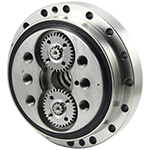
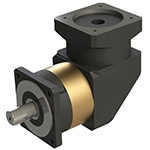
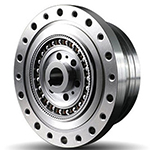
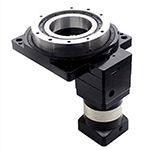
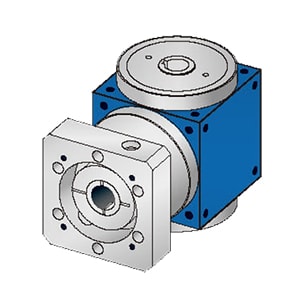
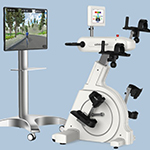
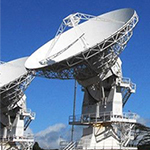
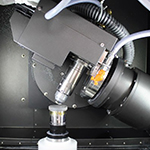
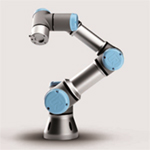
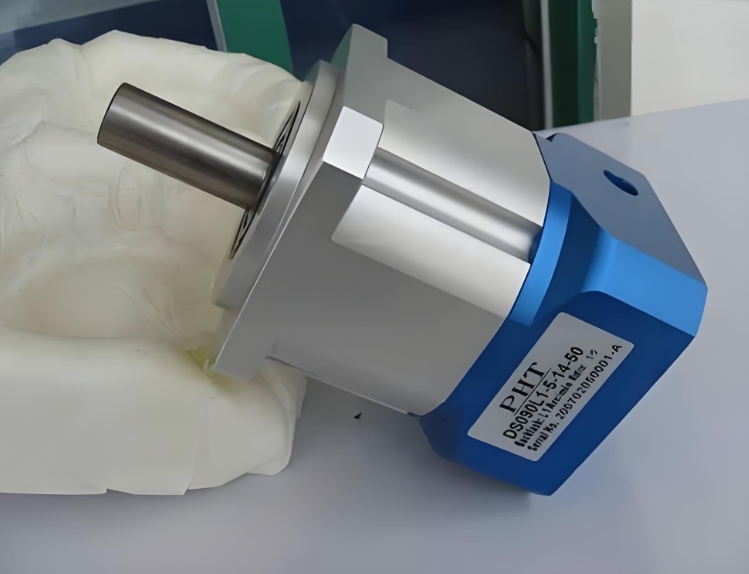
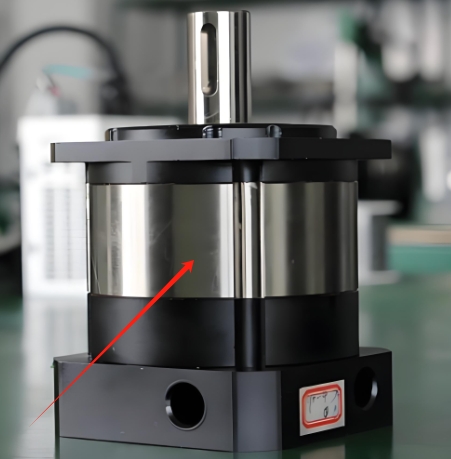
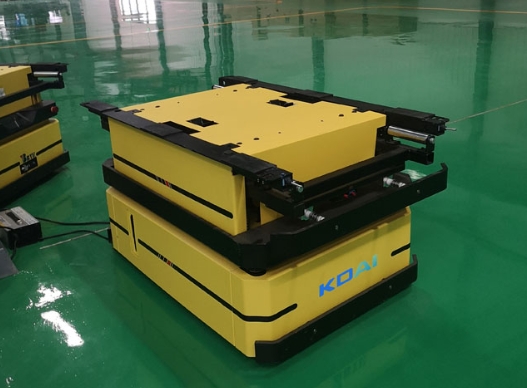
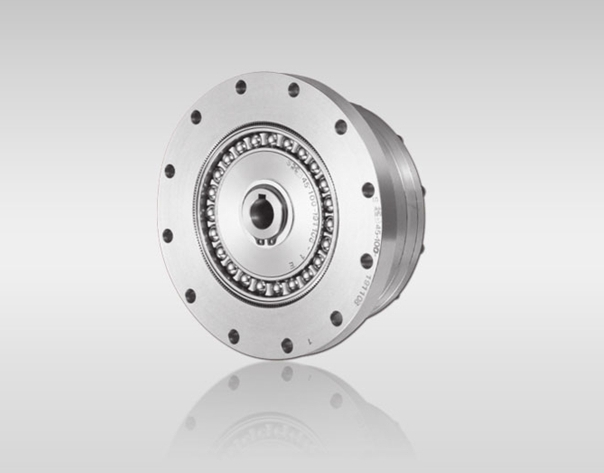
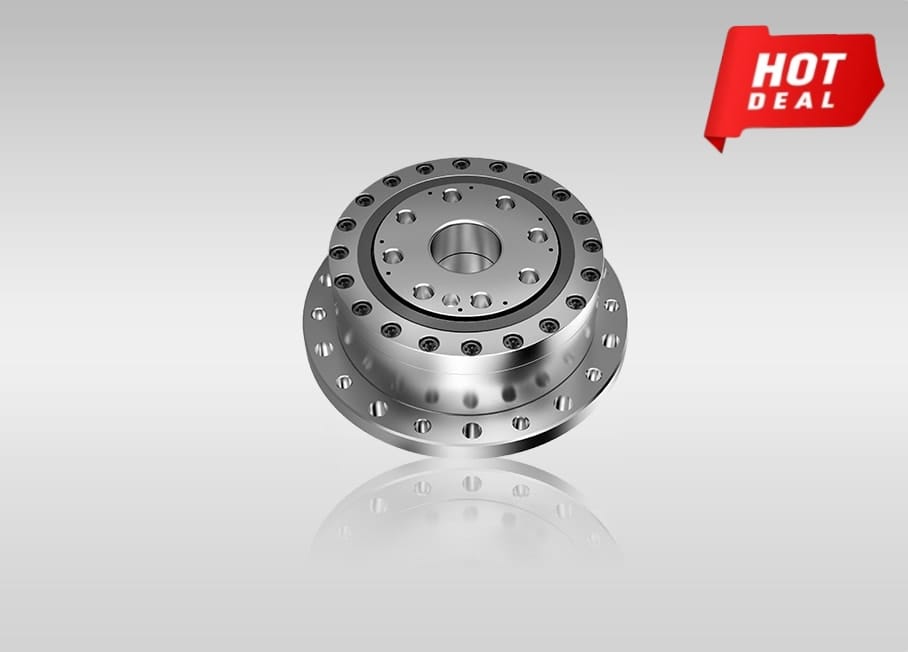
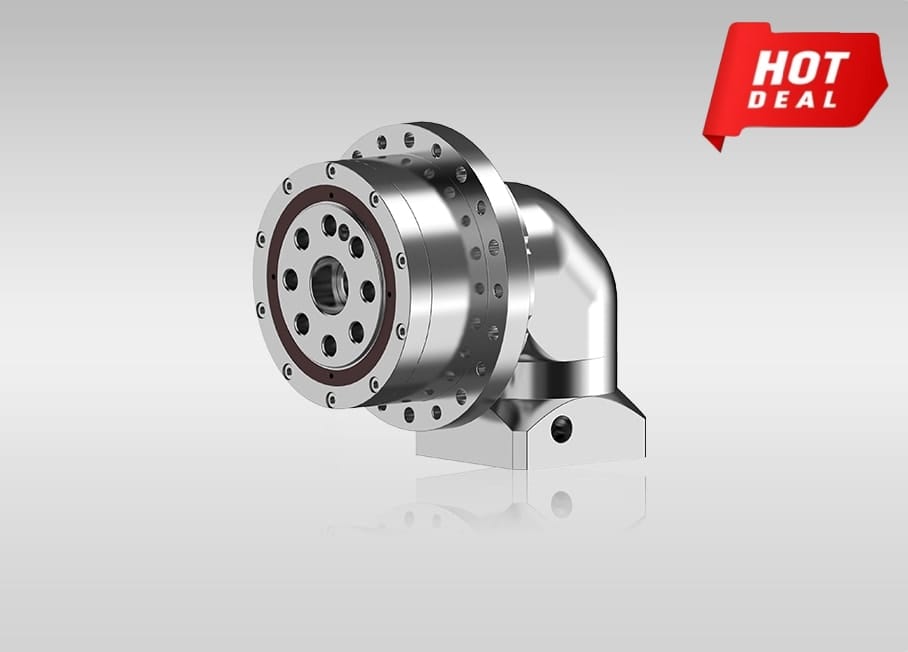
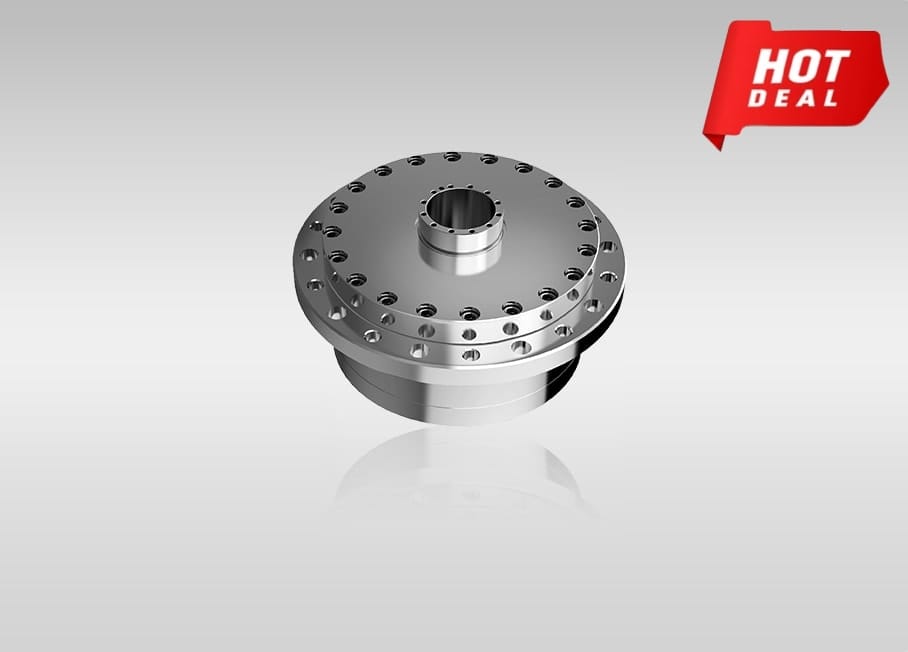
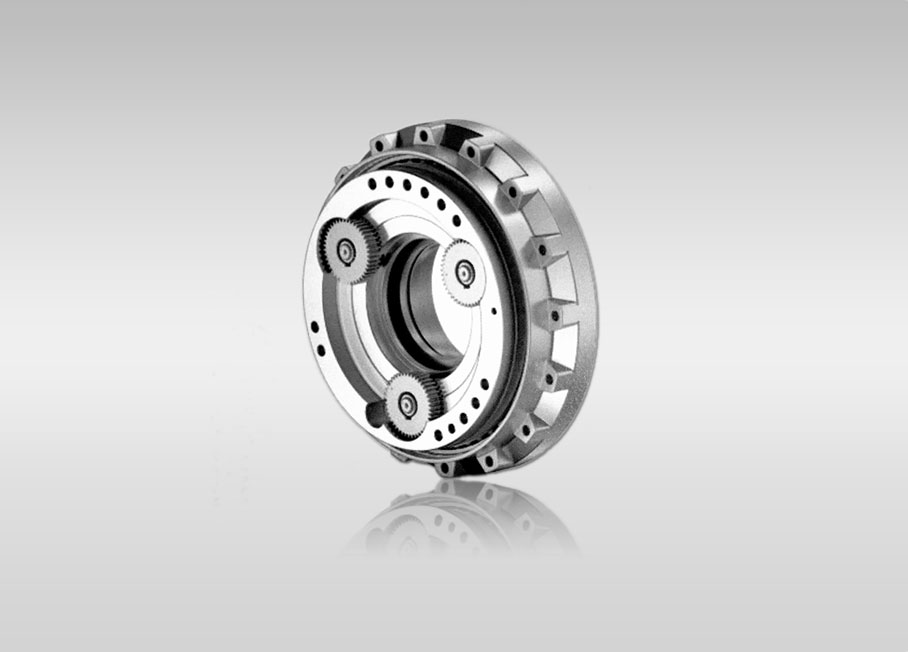
Quote Now